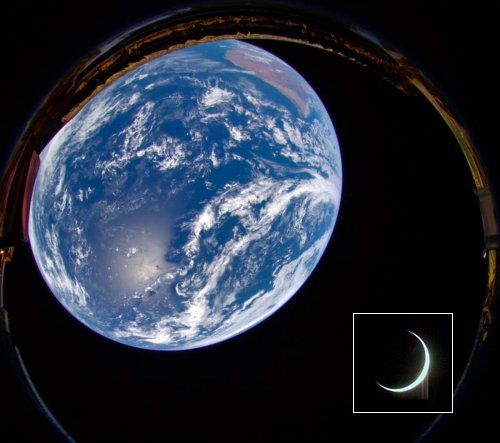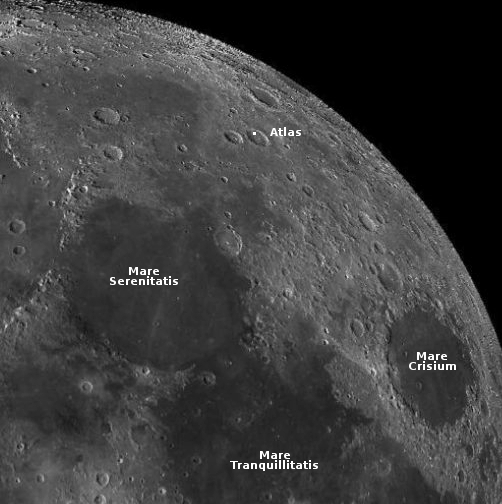SpaceX launches 54 more Starlink satellites
SpaceX early today completed its 60th successful launch in 2022, putting 54 Starlink satellites into orbit using its Falcon 9 rocket.
This achievement matches a prediction Elon Musk made early in 2022. More significant, except for two years (1965 and 1966), SpaceX completed more launches in 2022 than the United States achieved each year since Sputnik. And it did it not as a nation, but as a private company, for profit.
SpaceX’s achievement this year also allowed the U.S. to smash its own record for annual launches.
The first stage successfully completed its 11th flight, landing on a drone ship in the Atlantic.
The leaders in the 2022 space race:
61 China
60 SpaceX
21 Russia
9 Rocket Lab
8 ULA
The U.S. now leads China 84 to 61 in the national rankings, but trails the entire world combined 93 to 84.
Only one more launch, by SpaceX, is publicly scheduled for 2022.
SpaceX early today completed its 60th successful launch in 2022, putting 54 Starlink satellites into orbit using its Falcon 9 rocket.
This achievement matches a prediction Elon Musk made early in 2022. More significant, except for two years (1965 and 1966), SpaceX completed more launches in 2022 than the United States achieved each year since Sputnik. And it did it not as a nation, but as a private company, for profit.
SpaceX’s achievement this year also allowed the U.S. to smash its own record for annual launches.
The first stage successfully completed its 11th flight, landing on a drone ship in the Atlantic.
The leaders in the 2022 space race:
61 China
60 SpaceX
21 Russia
9 Rocket Lab
8 ULA
The U.S. now leads China 84 to 61 in the national rankings, but trails the entire world combined 93 to 84.
Only one more launch, by SpaceX, is publicly scheduled for 2022.



